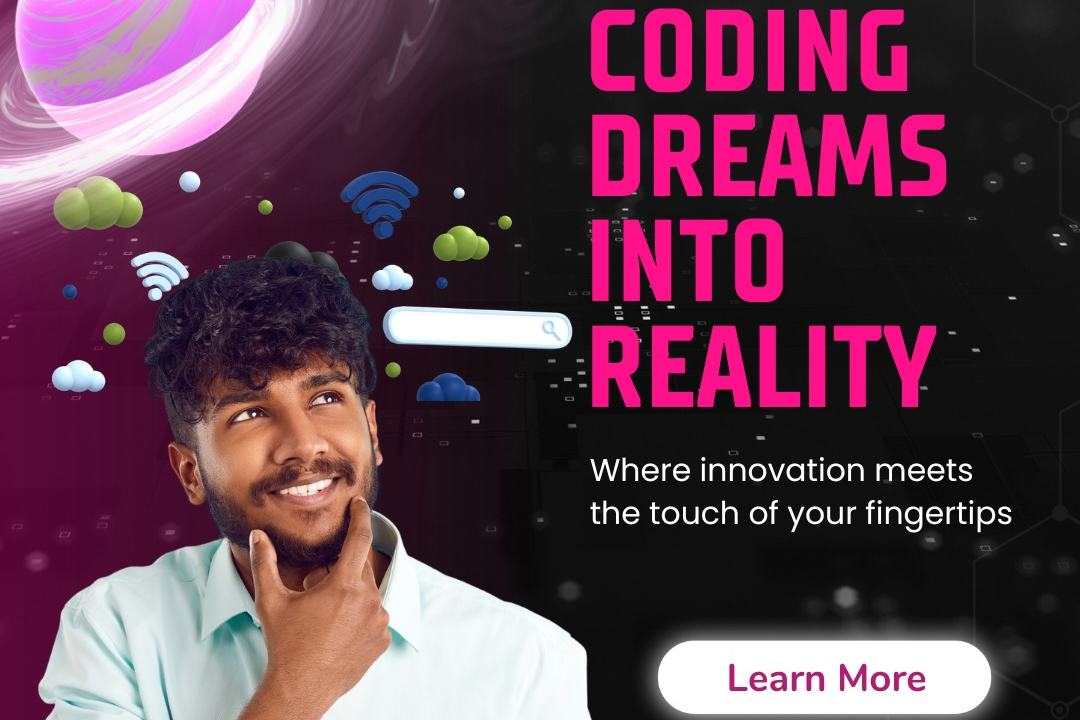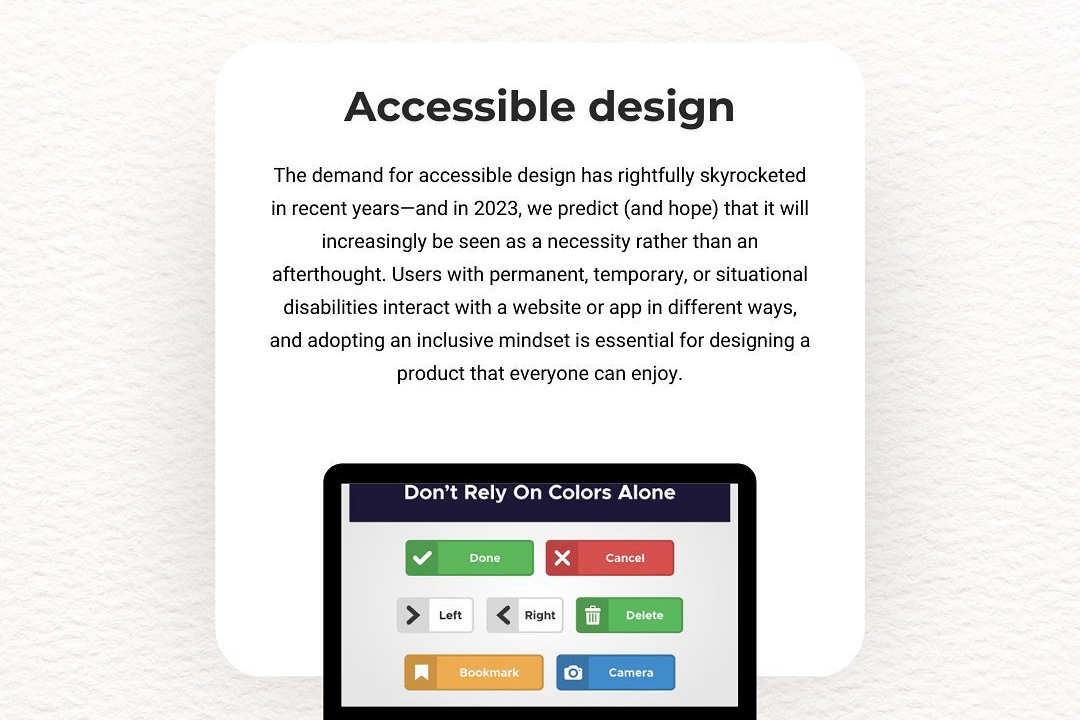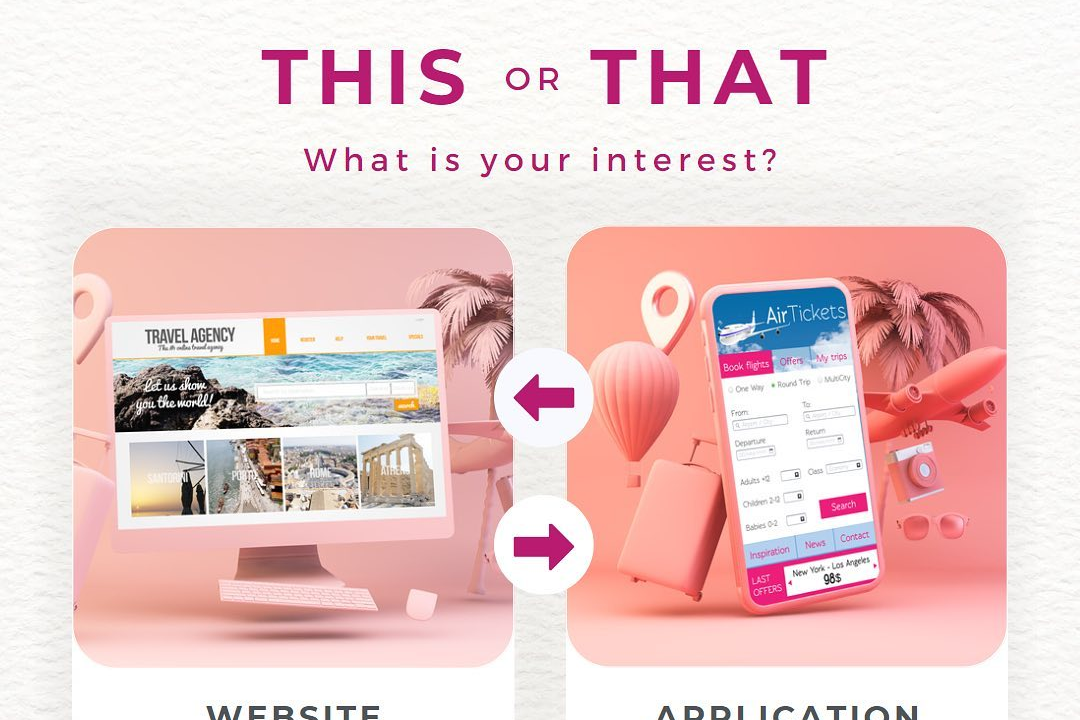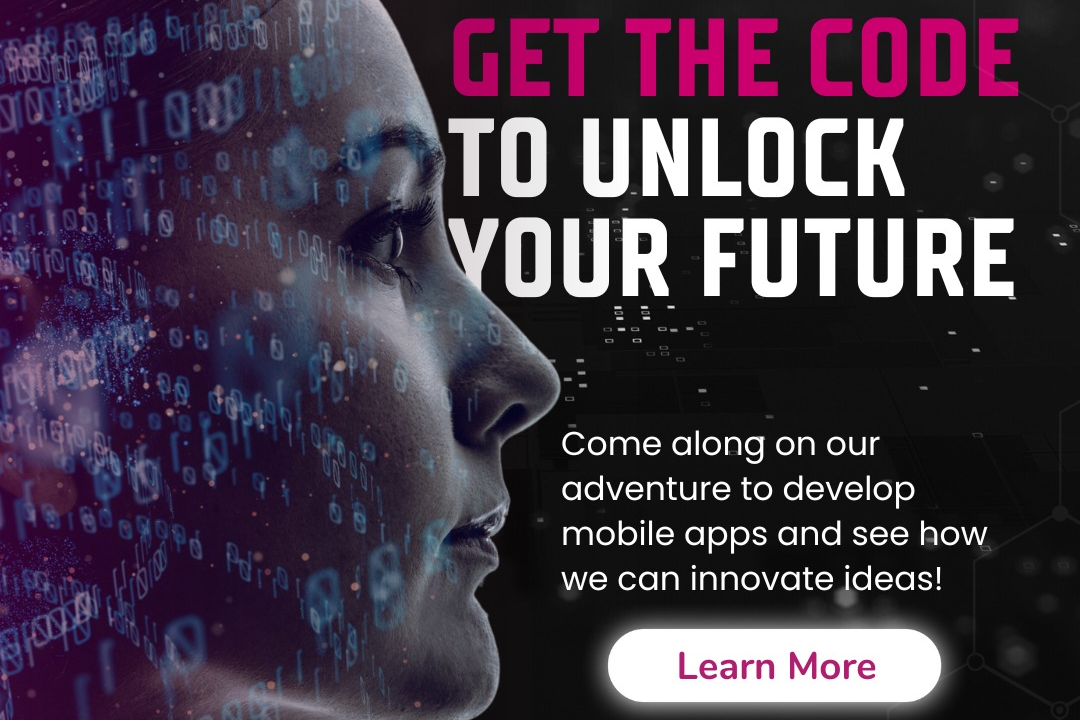Ios development methodologies
iOS Development Approaches and Best Practices
Ios development methodologies
iOS development methodologies encompass various approaches to building applications for Apple's iOS platform, focusing on efficiency, quality, and user experience. The most common methodologies include Agile, which promotes iterative development and collaboration through short cycles called sprints, allowing teams to adapt to changing requirements and incorporate user feedback continuously. Another popular approach is the Waterfall model, characterized by a linear process where each phase (e.g., requirements, design, implementation, testing, and maintenance) must be completed before moving to the next. Additionally, the use of modern development practices, such as Test-Driven Development (TDD) and Continuous Integration/Continuous Deployment (CI/CD), enhances code quality and accelerates the release cycle. Swift, Apple's programming language, along with tools like Xcode, plays a crucial role in these methodologies, emphasizing the importance of clean, maintainable code and user-centric design. Overall, iOS development methodologies aim to streamline the app development process while ensuring high-quality, feature-rich applications tailored to users' needs.
To Download Our Brochure: https://www.justacademy.co/download-brochure-for-free
Message us for more information: +91 9987184296
1 - Waterfall Model: This is a linear and sequential approach where each phase (requirements, design, implementation, testing, and maintenance) must be completed before moving onto the next. It's simple but inflexible.
2) Agile Methodology: This approach emphasizes iterative development and collaboration. Teams work in sprints, allowing for regular feedback and adjustments to enhance product quality and respond to changing requirements.
3) Scrum Framework: A subset of Agile, Scrum divides development into fixed length iterations called sprints. It includes roles like Scrum Master and Product Owner to manage teamwork, progress, and product backlog.
4) Kanban Method: This visual workflow management approach focuses on continuous delivery. Tasks are represented visually on a Kanban board, allowing teams to manage the flow and optimize efficiency.
5) Extreme Programming (XP): This Agile methodology emphasizes technical excellence, frequent releases, and customer collaboration. Practices include pair programming, extensive testing, and collective code ownership.
6) Feature Driven Development (FDD): This model revolves around a feature centric approach, working on small, incremental features. Teams deliver tangible, working software in regular iterations.
7) Lean Development: Lean principles focus on eliminating waste and maximizing value. It emphasizes rapid prototyping and swift iterations based on user feedback to optimize the development process.
8) Test Driven Development (TDD): A practice where tests are written before the code. This approach ensures that functionality meets requirements and helps maintain high quality throughout the development process.
9) Behavior Driven Development (BDD): An extension of TDD, BDD focuses on the expected behavior of an application from the user's perspective, using natural language to describe use cases and facilitate collaboration between stakeholders.
10) DevOps Practices: This methodology integrates development and operations for faster delivery and reliable releases. Automation in testing, deployment, and monitoring is a core principle.
11) Rapid Application Development (RAD): RAD emphasizes quick iterative development and feedback from users. It aims to build prototypes swiftly to gather user input early in the development process.
12) Cross Platform Development: This approach utilizes frameworks like React Native or Flutter to develop applications that run on both iOS and Android, maximizing code reuse and efficiency.
13) Microservices Architecture: This architectural style structures an application as a collection of loosely coupled services. Each service is independently deployable, simplifying scaling and maintenance.
14) Client Server Architecture: This model divides tasks between service providers and service requesters. In iOS, it often involves the app (client) communicating with a backend server for data processing.
15) Prototype Model: This approach involves creating prototypes of software applications before the final development. It allows for user feedback and iterative refinement of the product.
16) User Centered Design (UCD): This methodology prioritizes user needs and feedback in the development process. It ensures that the final product is intuitive and meets the expectations of its users.
17) Mobile First Development: With a focus on mobile user experiences, this approach prioritizes designing and developing applications for mobile devices before scaling the design for larger screens.
These methodologies can provide students with a diverse understanding of various approaches to iOS development, preparing them for different environments and project needs in their future careers.
Browse our course links : https://www.justacademy.co/all-courses
To Join our FREE DEMO Session: Click Here
Contact Us for more info:
- Message us on Whatsapp: +91 9987184296
- Email id: info@justacademy.co












